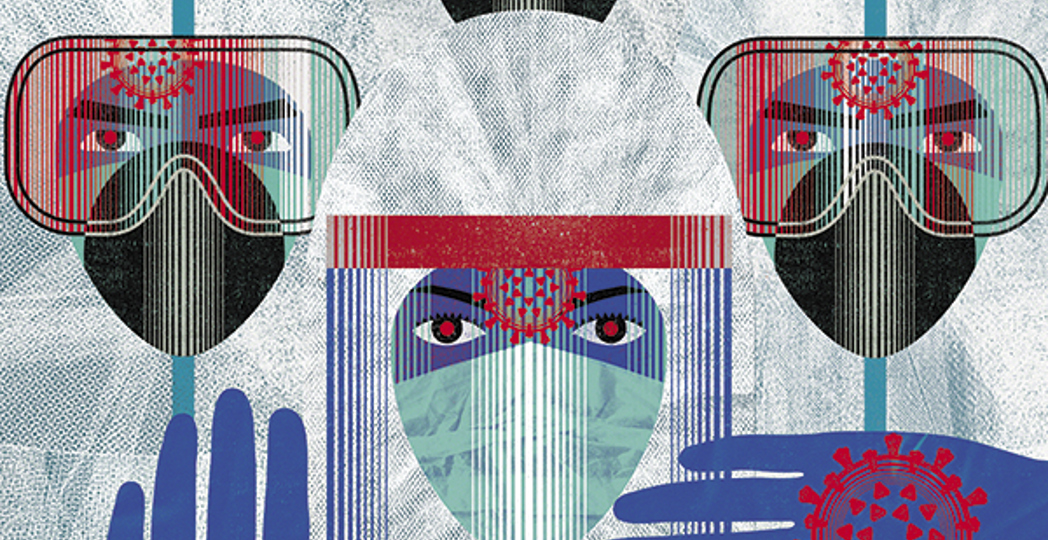How Cleveland Clinic Manages Its Medical Intensive Care Unit Amid COVID-19
by Kristen Hampshire | Oct. 26, 2021 | 11:00 AM

Morale distress is real in intensive care units where an influx of patients with COVID-19 is filling beds.
Patients are sicker and younger, with more and more beds being given to those 50 and younger — a new trend.
With a “We will take care of everyone” mantra, Cleveland Clinic’s medical intensive care unit is at capacity.
“After the vaccine came, we are now hit again with a wave, and it’s an intense one,” says Dr. Eduardo Mireles-Cabodevila, director of the MICU at the Cleveland Clinic’s main campus. “It’s testing every single fiber of everyone.”
Leadership at the Cleveland Clinic is focused on helping the team continue its full-throttle, all-hands-on-deck approach, while ensuring that caregivers get the necessary TLC to deal with emotionally draining situations.
One of the hardest realizations: The majority of patients admitted did not receive the vaccine either by choice or because of other circumstances.
“This can really demoralize you as a caregiver because we have a way to prevent this, and now we are dealing with a strain on everyone and delaying service to other patients because of those not taking the best medicine we can provide,” Mireles-Cabodevila says.
“The way we have grown in the last year, we are much more focused on how the team works and the well-being of the team.”
Weekly forums allow caregivers to share successes and struggles, while involvement from wellness officers has resulted in programs in which leadership pays staff surprise visits with little boosters like coffee or ice cream.
Across the hospital system, teams are delivering more consistent, connected care because the pandemic accelerated virtual communication platforms, helped homogenize best practices and resulted in strategies for treating patients with acute respiratory failure.
“It has been a nonstop learning opportunity for everyone,” says Mireles-Cabodevila.
Trending
-
1
-
2
-
3
-
4
-
5










